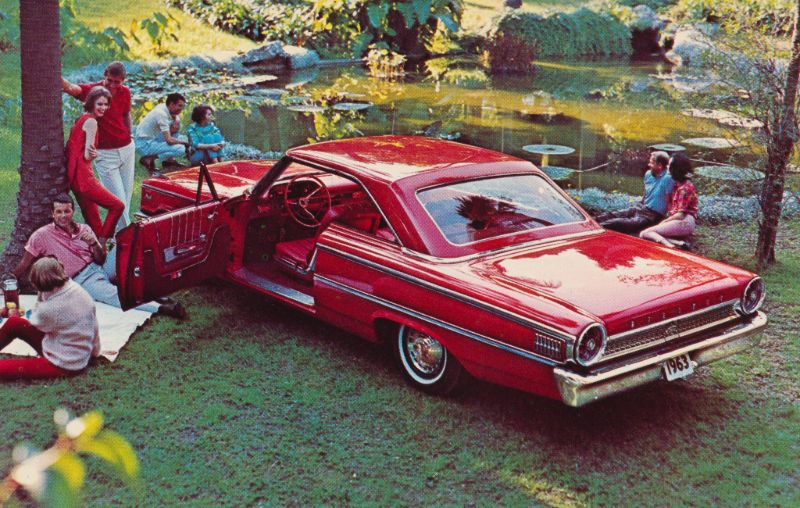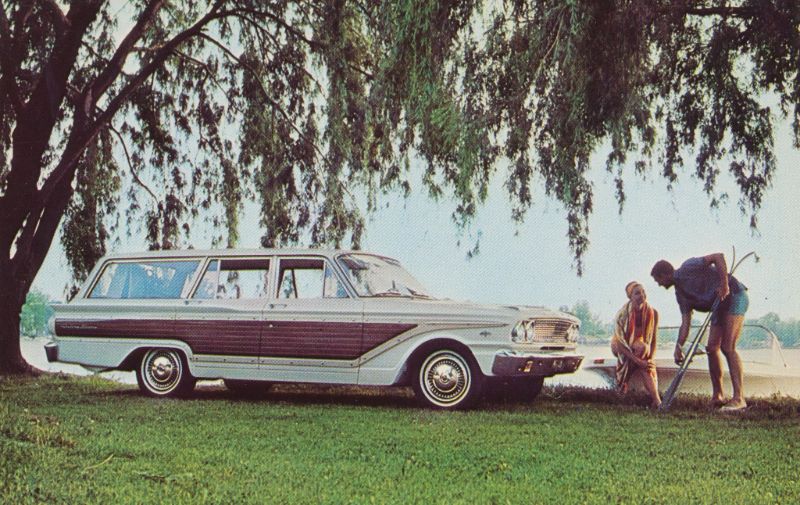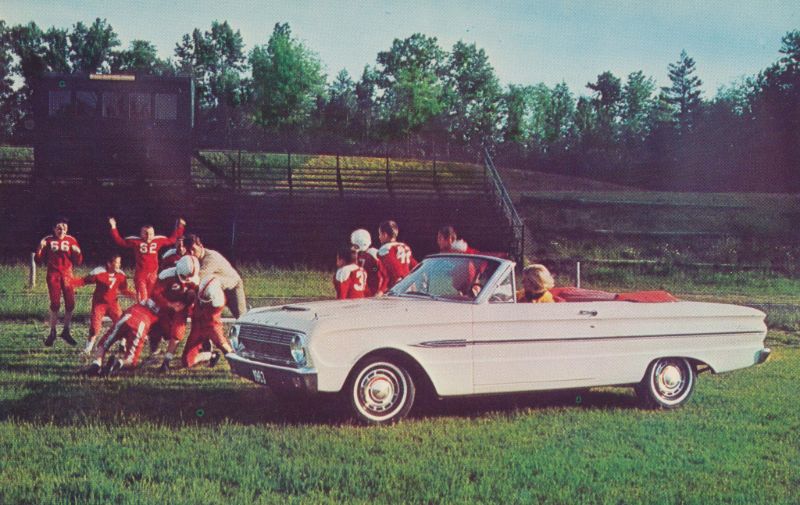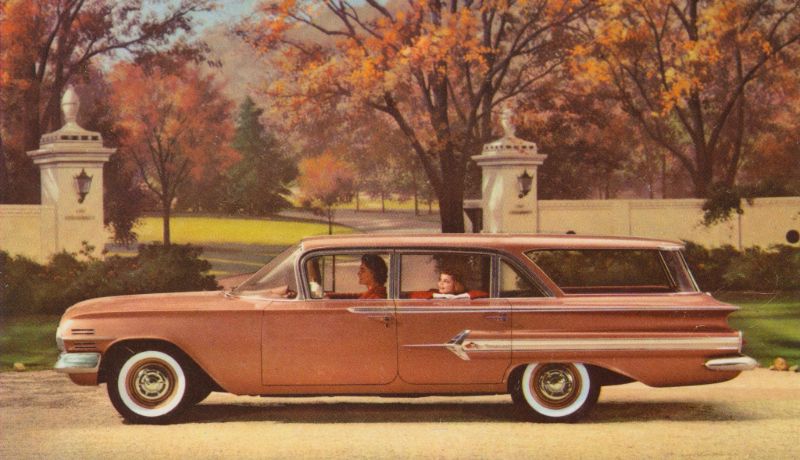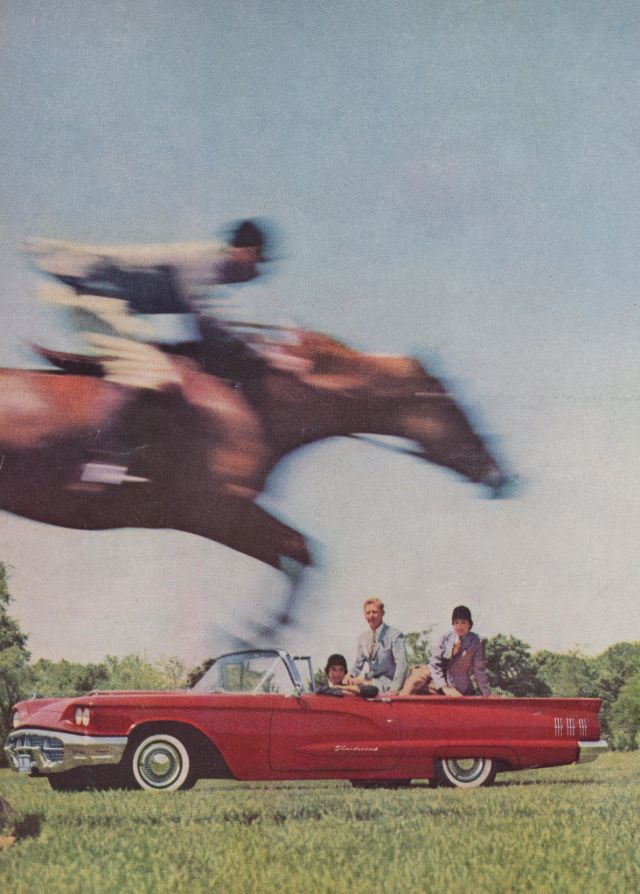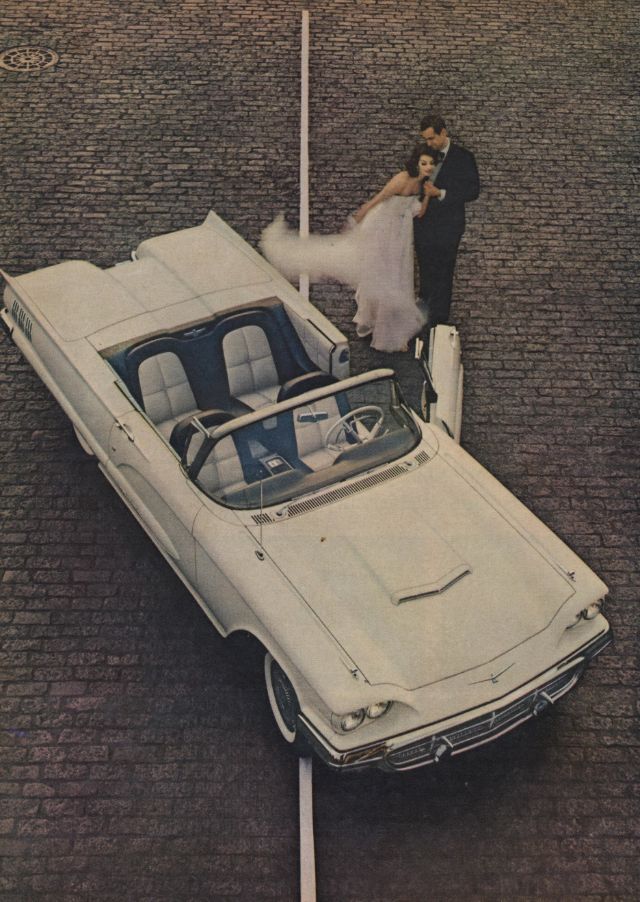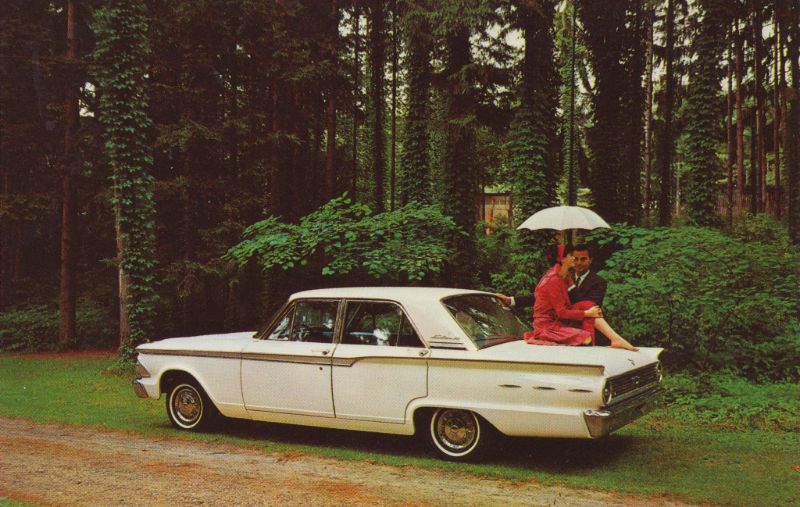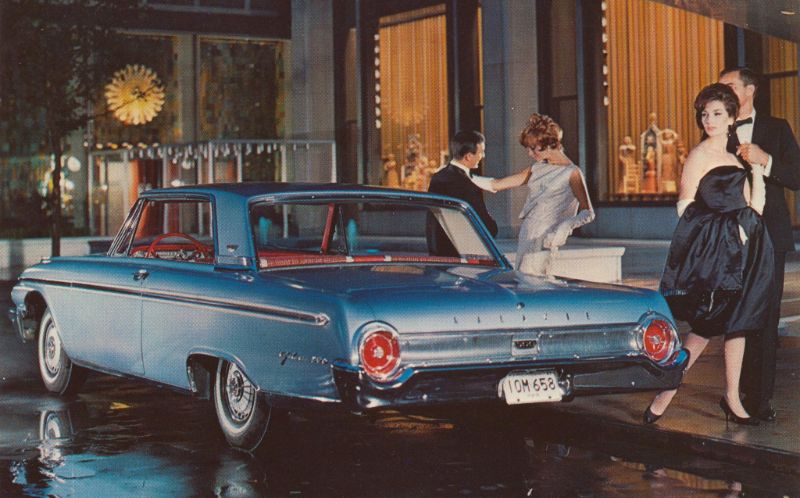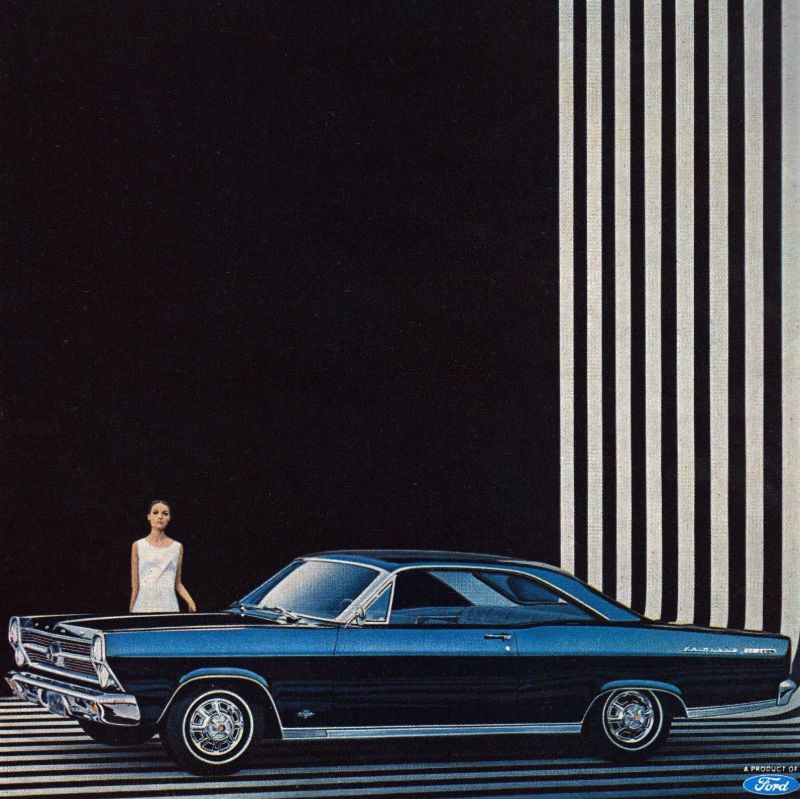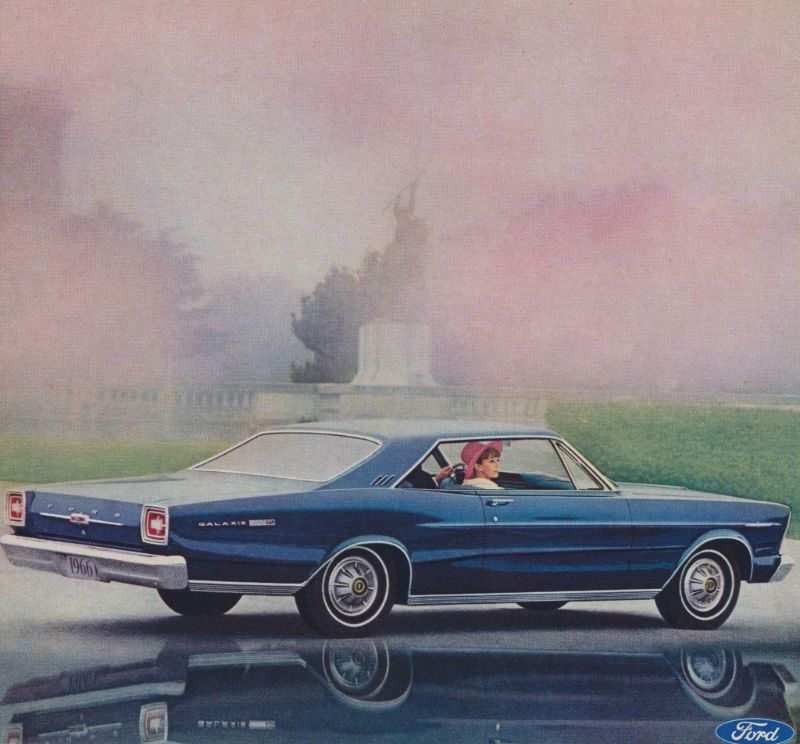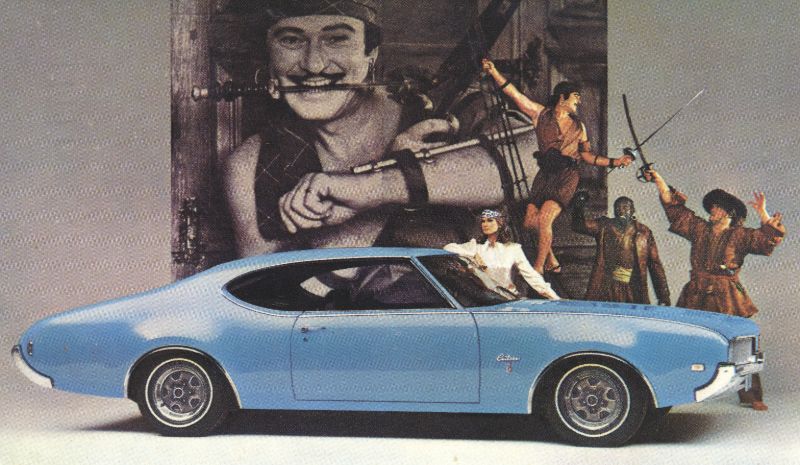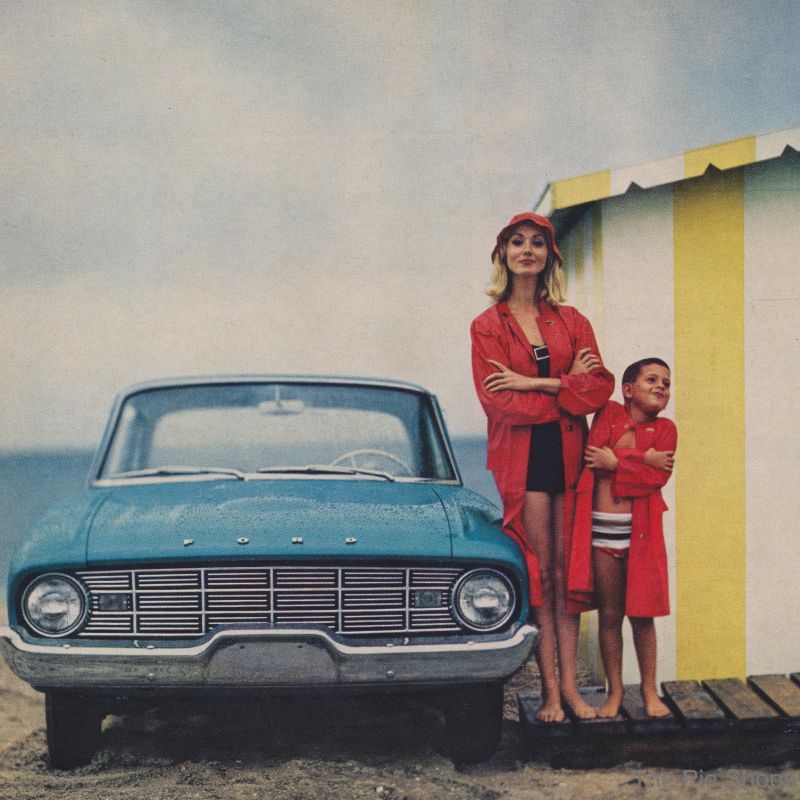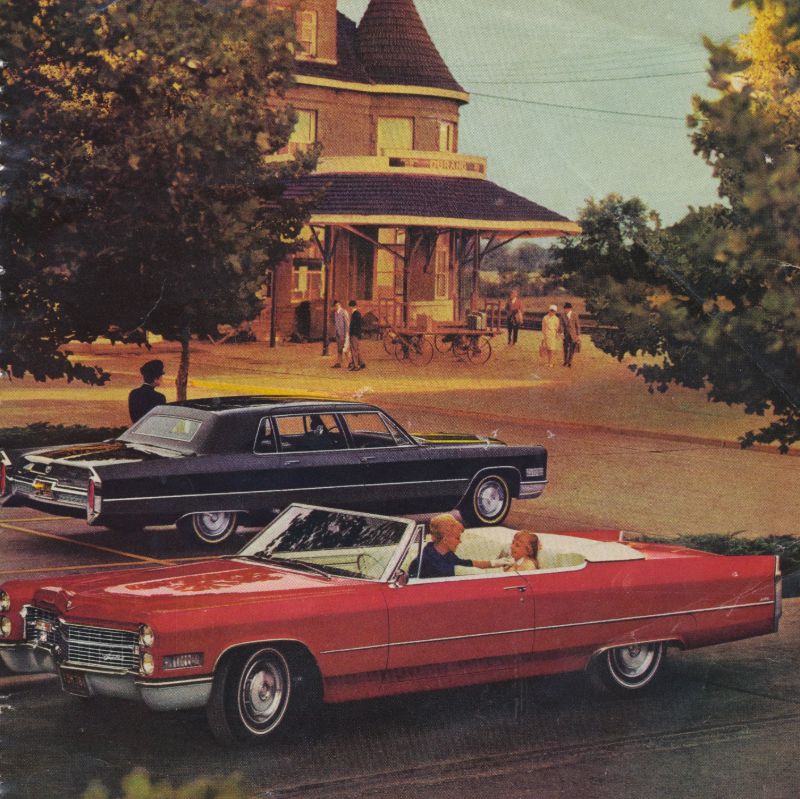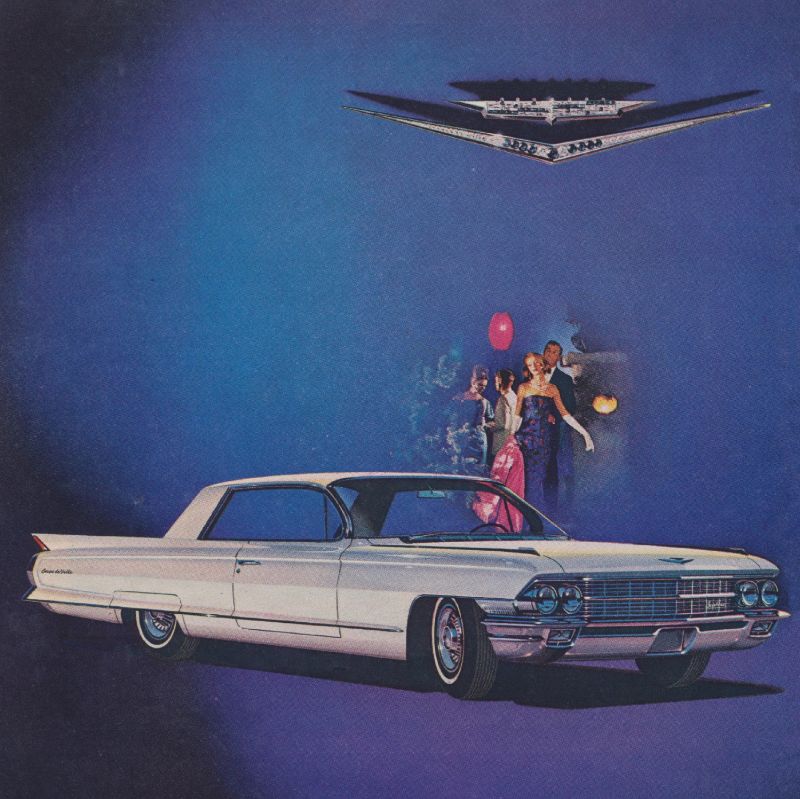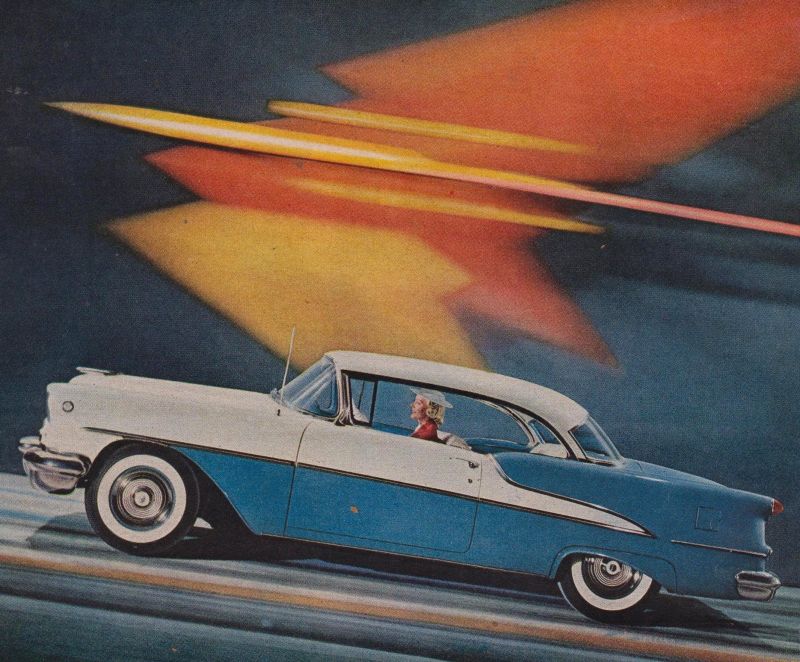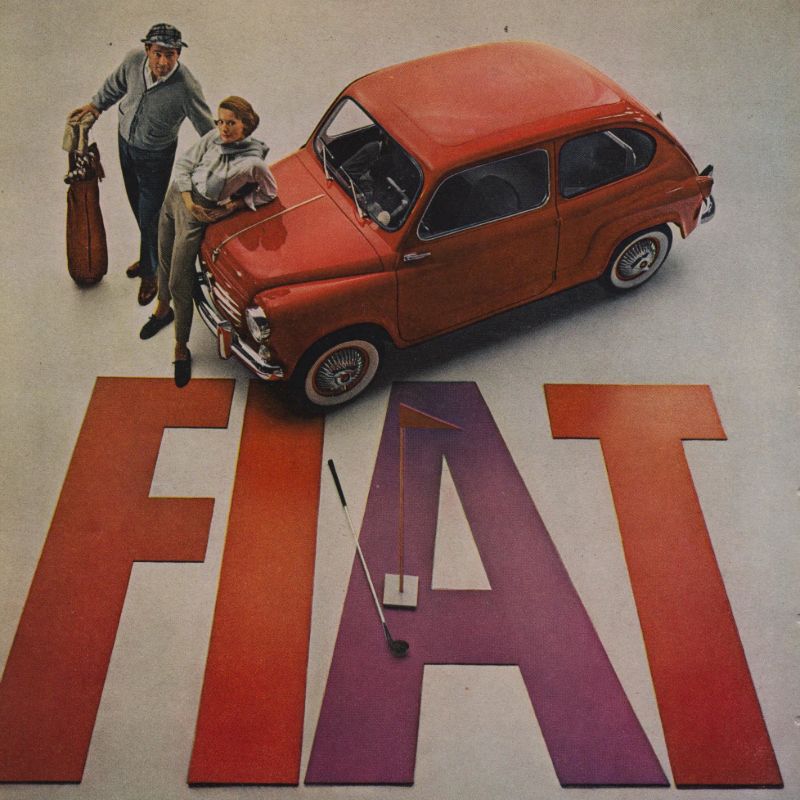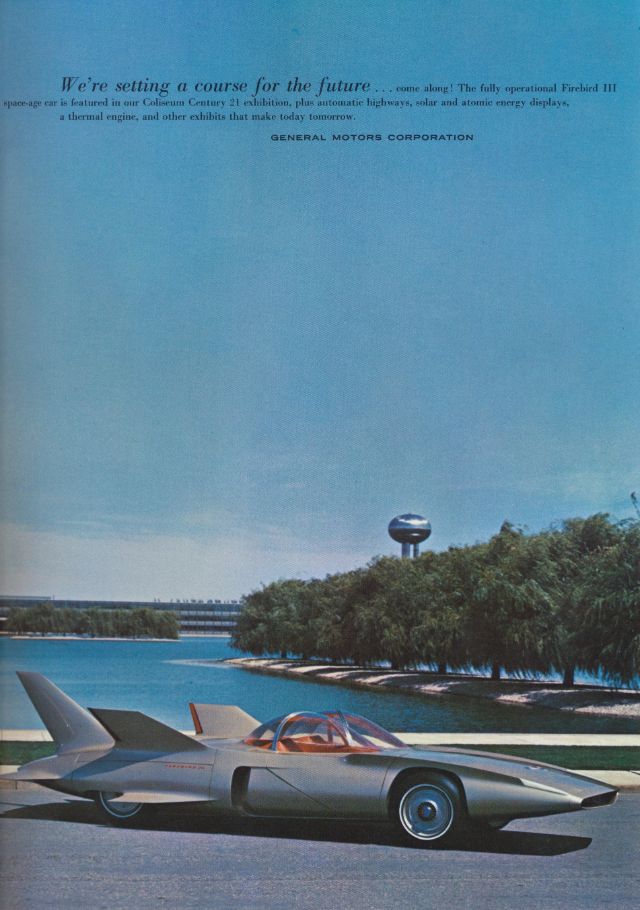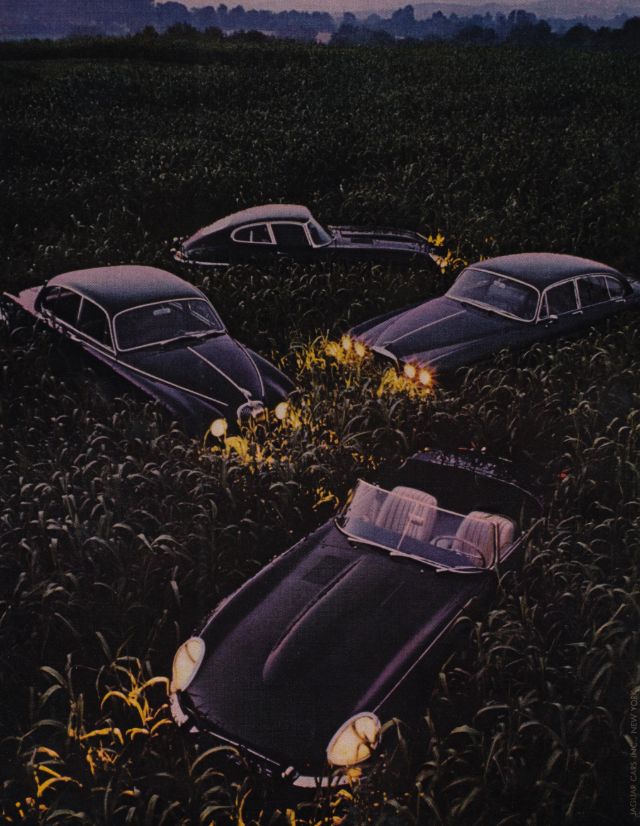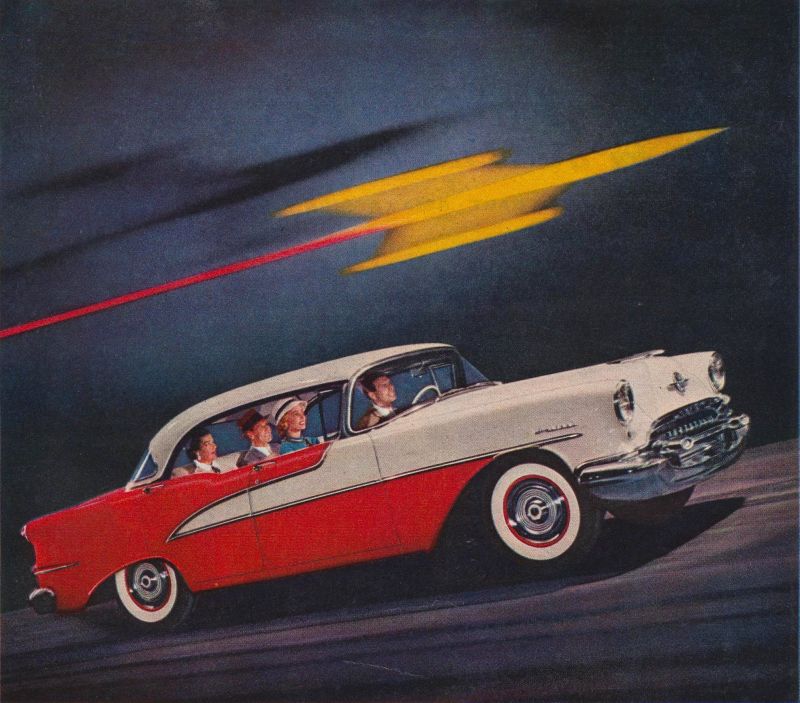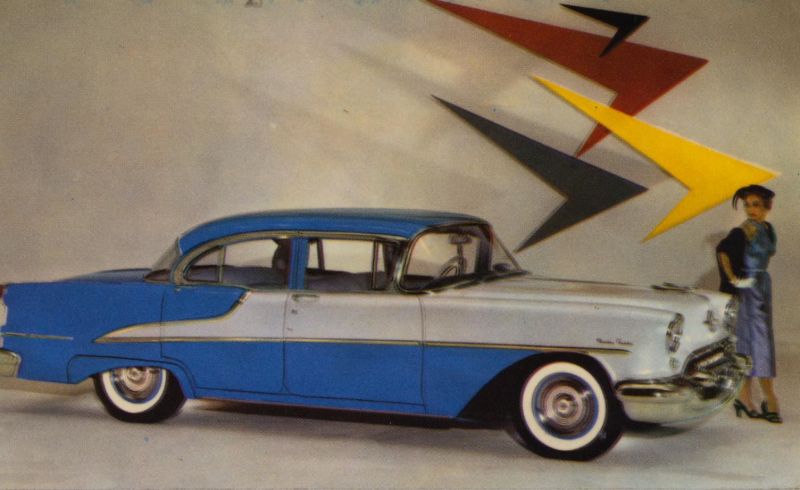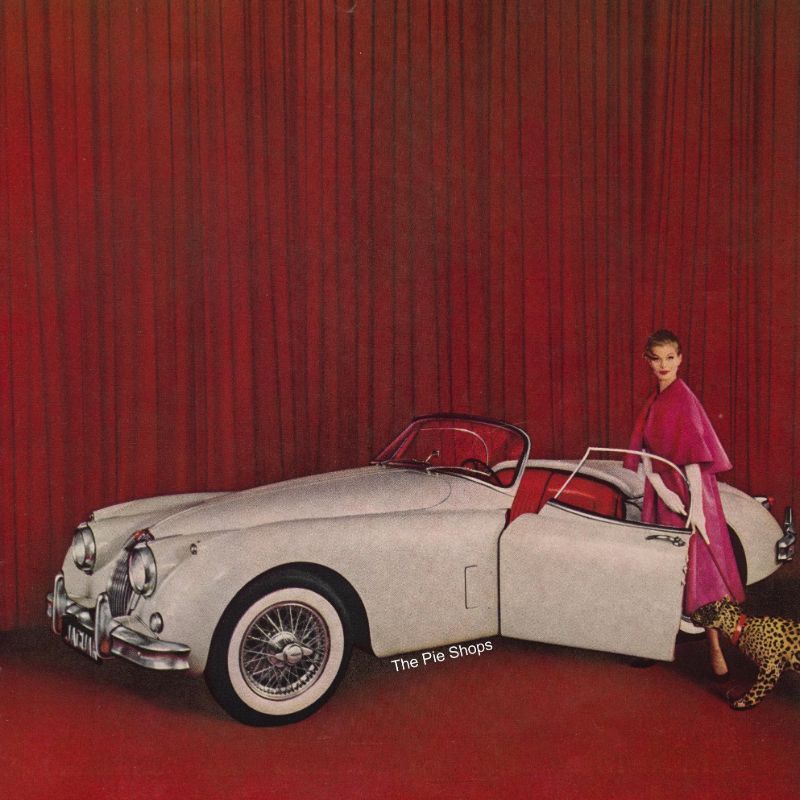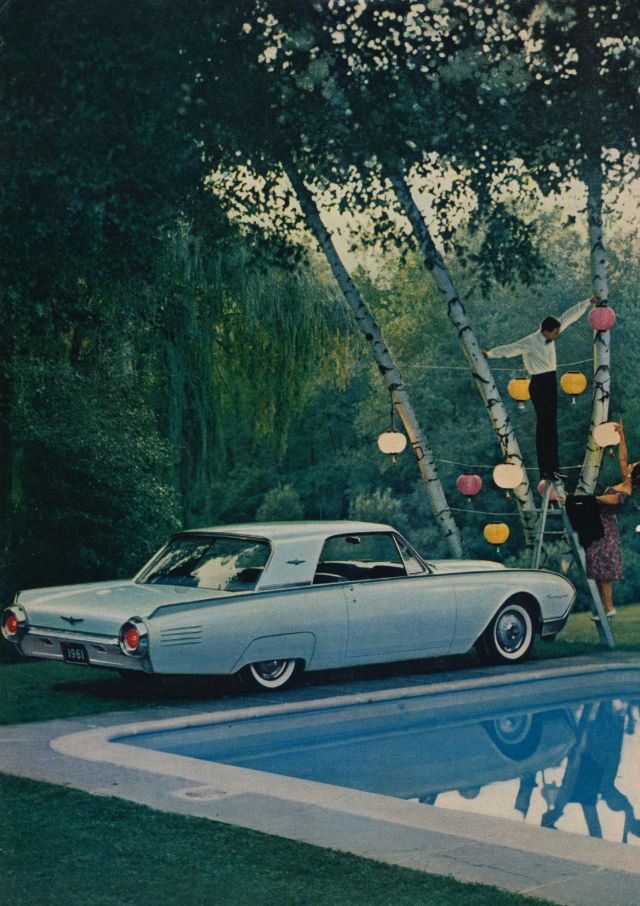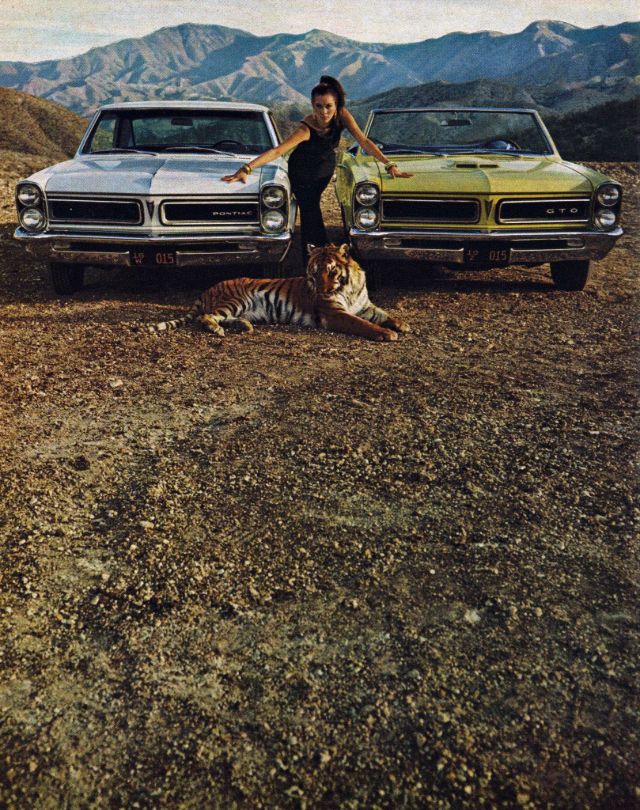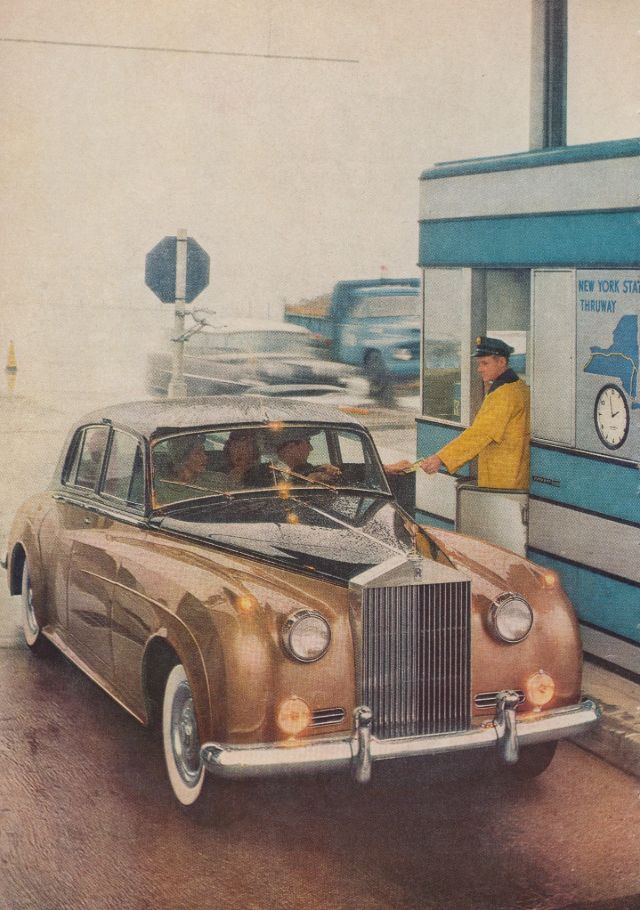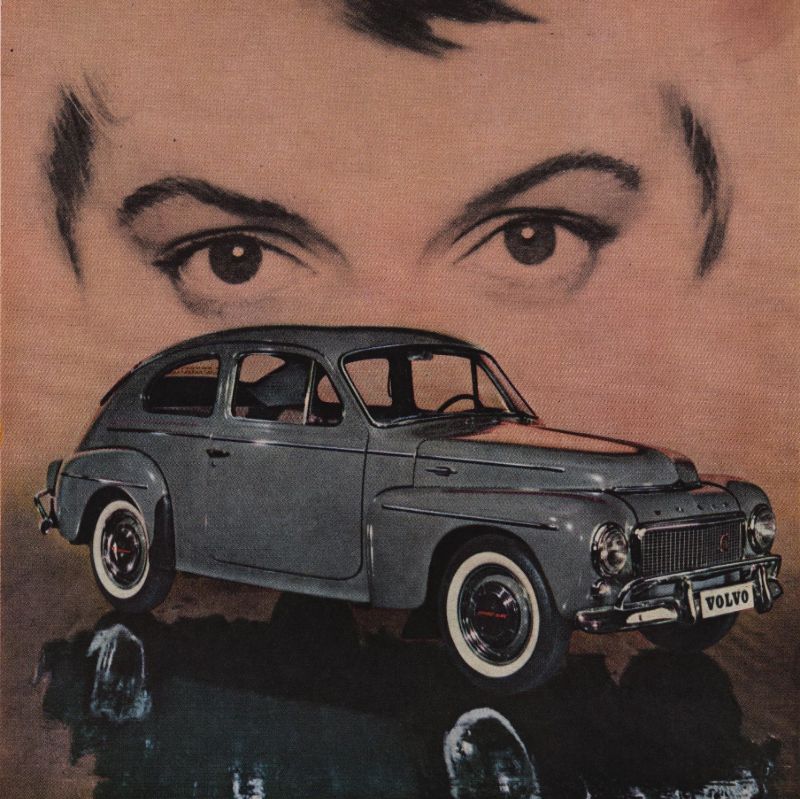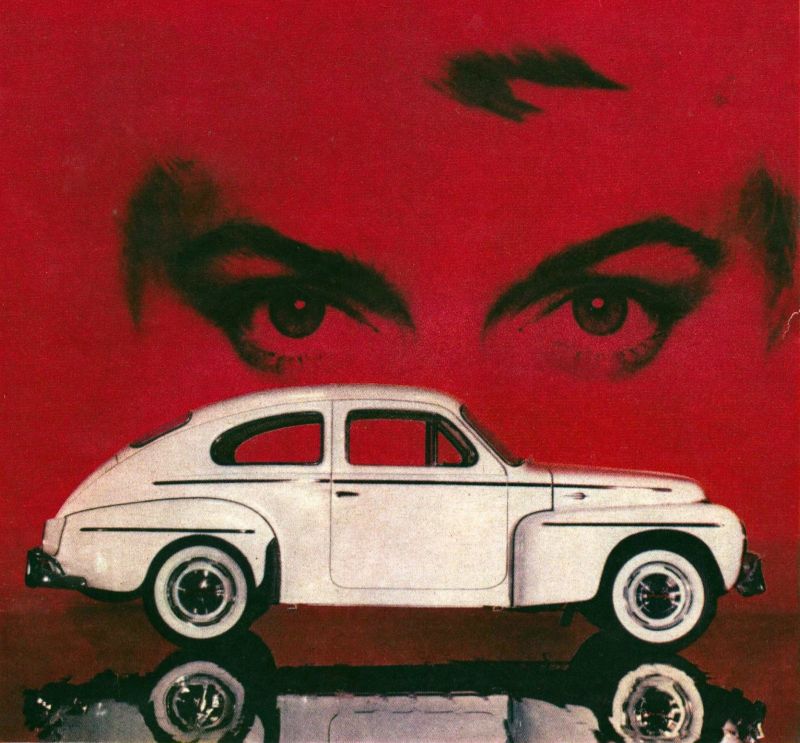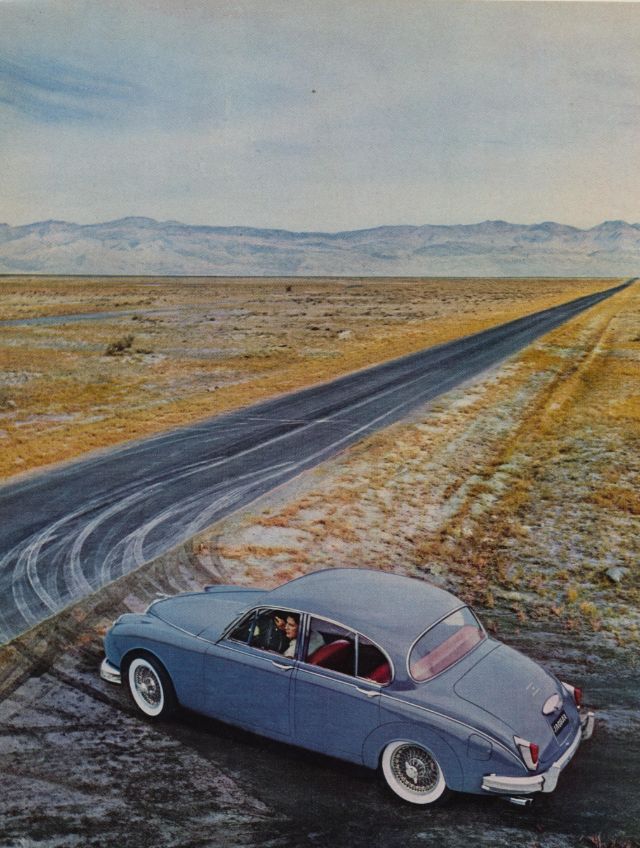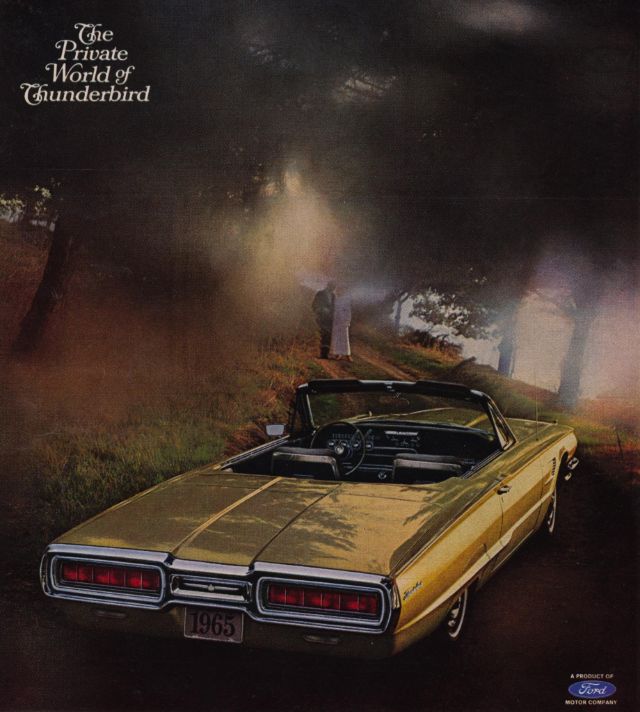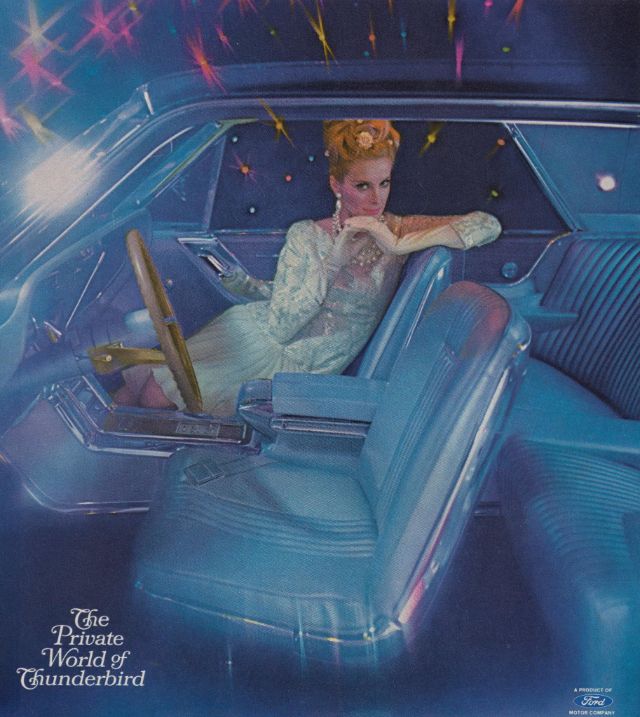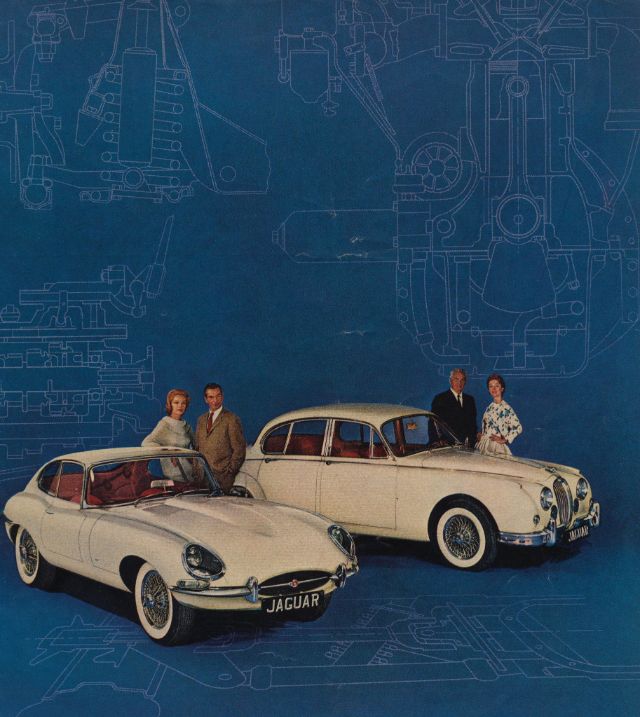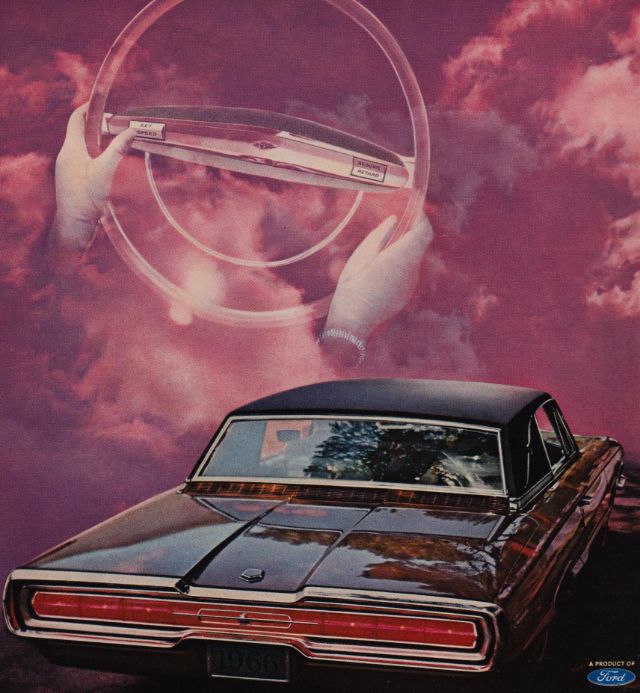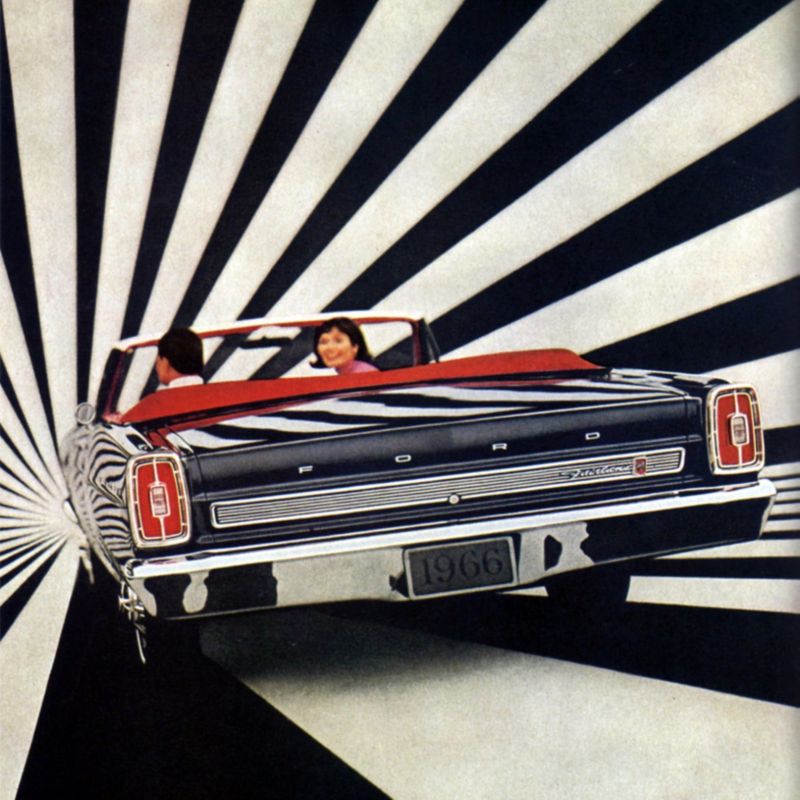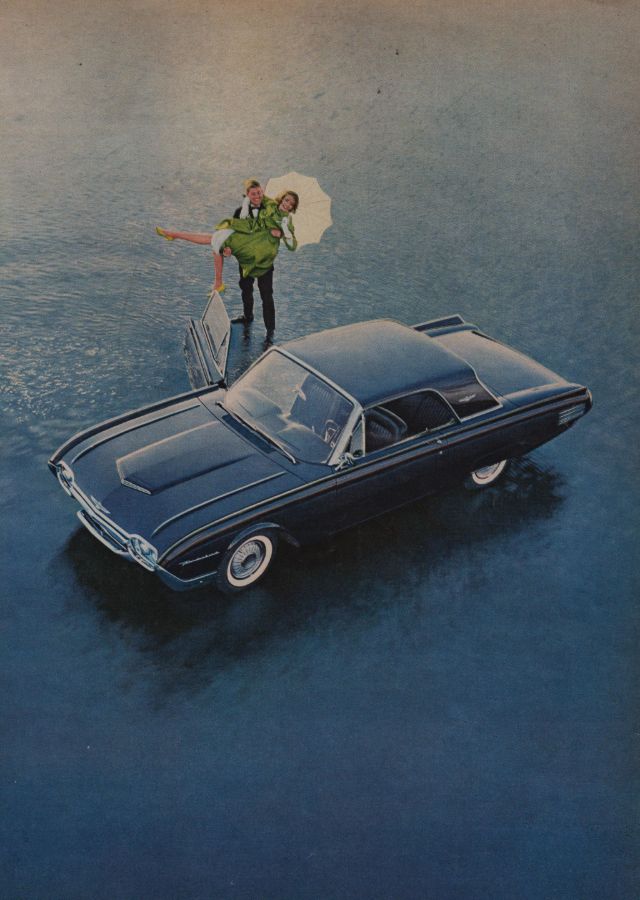The 1960s saw the American automobile industry consolidating into the Big Three: General Motors, FordChrysler, and American Motors. These firms not only dominated the domestic market with the sales of the 1960s cars but the global market as well. In 1960 American companies built 93 percent of the autos sold in the United States and 48 percent of the world. However, led by Volkswagen and soon followed by Fiat, Renault, Datsun (Nissan), and Hillman, imports began to nibble their way into the rich American market. The growing presence of imports disturbed Detroit, and the Big Three responded with their own small cars. The Big Three and AMC began to produce American “compact” cars that saved gas and were economical. GM came out with the Corvair, which featured a six-cylinder rear engine. Ford developed the Falcon; and Chrysler, the Valiant. The Rambler, AMC’s economy car, came out in the 50s, ahead of the Big Three. It was the first car to offer seat belts as an option. By 1962, the Big Three’s economy models took a large share of AMC’s customer base, eventually leading to the demise of the Rambler in 1968. The 1960s became a time when American consumers wanted faster cars. Out of this demand, the muscle car evolved. Muscle cars are typically mid-sized cars with large, powerful V-8 engines. Pontiac’s GTO became the first to set off the muscle car craze in 1964. After that, a number of manufacturers began turning out their own versions of muscle cars. Ford introduced the Mustang; GM, the Camaro; and Dodge, the Charger, just to name a few. These cars offered speed and performance at a modest price. Rising gas prices and sterner emissions regulation led to the eventual decline of the Muscle Car Era by the late 1970s. The four-seat 1958 Ford Thunderbird (second generation) was arguably the first personal luxury car, which became a large market segment. Pony cars were introduced with the Ford Mustang in 1964. This car combined sporty looks with a long hood, small rear deck, and a small rear seat. The car proved highly successful and imitators soon arose, including the Chevrolet Camaro, Pontiac Firebird, Plymouth Barracuda (actually introduced two weeks prior to the Mustang), AMC Javelin, and the two-seat AMX, as well as the “luxury” version of the Mustang, the Mercury Cougar. While the personal luxury, pony, and muscle cars got most of the attention, the full-sized cars formed the bulk of auto sales in the 1960s, helped by low oil prices. The styling excesses and technological gimmicks (such as the retractable hardtop and the pushbutton automatic transmission) of the 1950s were de-emphasized. The rear fins were downsized and largely gone by the mid-1960s, as was the excessive chrome. Safety and environmental issues during the 1960s led to stricter government regulation of the auto industry, spurred in part by Ralph Nader and his book: Unsafe at Any Speed: The Designed-in Dangers of the American Automobile. This resulted in higher costs and eventually to weaker performance for cars in the 1970s, a period known as the Malaise Era of auto design during which American cars suffered from very poor performance. Seat lap belts were mandated by many states effective in 1962. Under the National Traffic and Motor Vehicle Safety Act of 1966, Federal Motor Vehicle Safety Standards required shoulder belts for front passengers, front head restraints, energy-absorbing steering columns, ignition-key warning systems, and anti-theft steering column/transmission locks, side marker lights, and padded interiors starting in 1968. Beginning in 1972, bumpers were required to be reinforced to meet 5-mph impact standards, a decision that was revised in 1982. With the Clean Air Act (United States) of 1963 and the Vehicle Air Pollution and Control Act of 1965, emission controls began being instituted in 1968. The use of leaded gasoline began being curtailed in the early 1970s, which resulted in lower-compression engines being used, and thus reducing horsepower and performance. Catalytic converters began being widely used by the mid-1970s. During his first term as EPA Administrator, William Ruckelshaus spent 60% of his time on the automobile industry, whose emissions were to be reduced 90% under the 1970 Clean Air Act after senators became frustrated at the industry’s failure to cut emissions under previous, weaker air laws. (Photo credit: Pinterest / Flickr / Wikimedia Commons / Information on Cars from the 60’s by Heather Mckinney). Notify me of new posts by email.
Δ Subscribe
